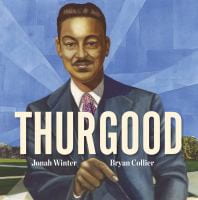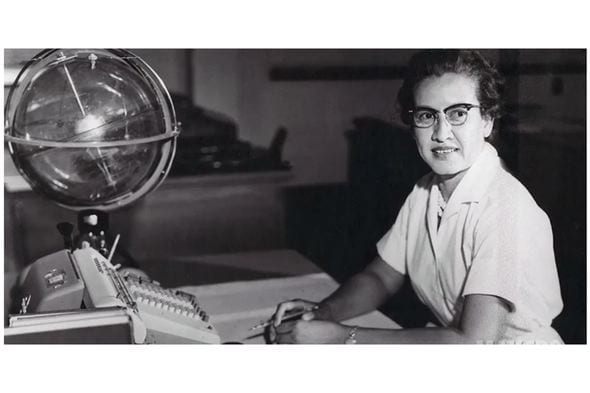Chef Roy Choi
 Chef Roy Choi and the Street Food Remix by Jacqueline Briggs Martin and June Jo Lee, illustrated by Man One (Readers to Eaters)
Chef Roy Choi and the Street Food Remix by Jacqueline Briggs Martin and June Jo Lee, illustrated by Man One (Readers to Eaters)
It’s not uncommon to visit certain neighborhoods in Boston and enjoy purchases from a food truck. Roy Choi’s name is synonymous with the founding of gourmet food trucks in Los Angeles.
Born in South Korea, Roy’s family moved permanently to the United States when he was a young child. Choi’s parents tried their hands at a variety of businesses. The one that made the biggest impression on him, and foreshadowed his future career, was when they owned a Korean restaurant.
After struggling to find his way, Roy became inspired by Emeril Lagasse’s cooking show, Essence of Emeril. He became so obsessed that he enrolled in culinary school. Roy went on to cook in top restaurants, especially in Los Angeles. In 2008, Choi and a partner established their own company, Kogi, and they launched their food truck business.
Roy Choi calls himself a “street cook”. In Chef Roy Choi and the Street Food Remix, Jacqueline Briggs Martin and June Jo Lee describe his cooking style.
Sohn maash is the flavors in our fingertips. It is the love and cooking talent that Korean mothers and grandmothers mix into their handmade foods.
The Illustrator, Man One, is a pioneer in the graffiti art movement. He has exhibited his art all over the world. This is the first children’s book that he has illustrated, and the pages are full of color and images that represent Choi and Los Angeles.














